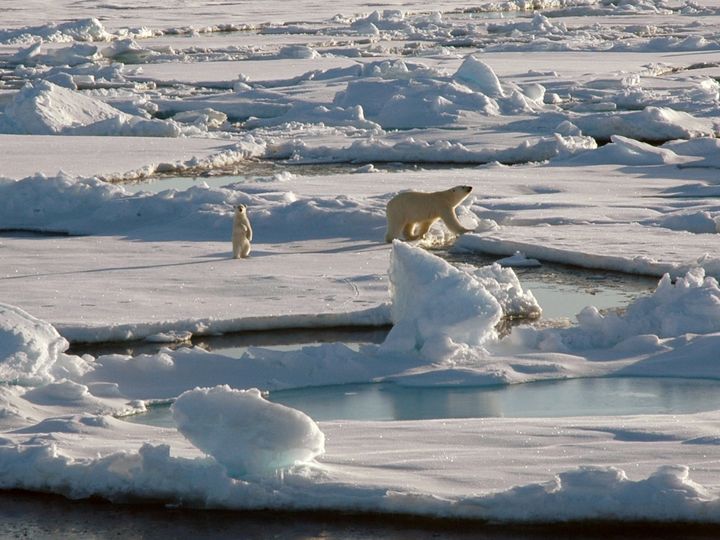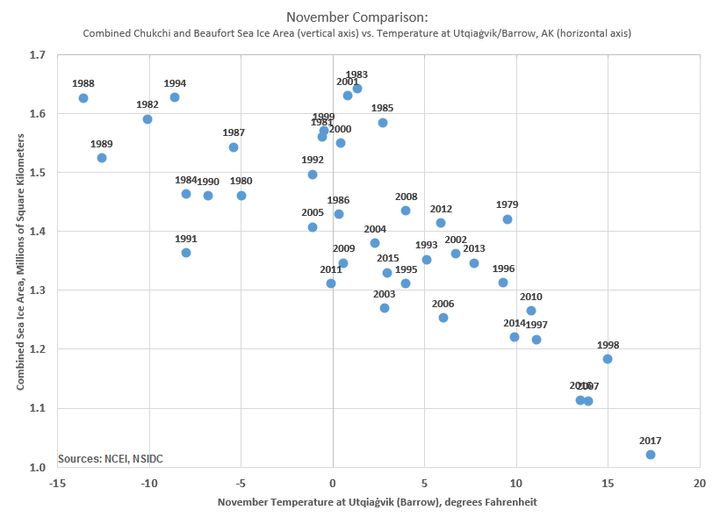A team of climate scientists got something of a shock earlier this month when they discovered that one of their monitoring stations in Alaska had no data in it.
They got even more of a shock when they discovered what had actually caused their complete lack of data:
“In an ironic exclamation point to swift regional climate change in and near the Arctic, the average temperature observed at the weather station at Utqiaġvik has now changed so rapidly that it triggered an algorithm designed to detect artificial changes in a station’s instrumentation.” explains climate scientist Deke Arndt.

Put simply: climate change broke their computer systems.
The location in question was Utqiaġvik, one of the northernmost points in the United States and at the very tip of Alaska.
Normally when the team at the National Center for Environmental Information (NCEI) detect a change like this in one of the sensors the cause is put down to external factors e.g. faulty machinery or a change of environment.
What became worryingly clear however was that there were no artificial factors here that affected the abnormal readings in the weather station.
“In this case, instead of a station move, or urban sprawl, or an equipment change, it was actually very real climate change that changed the environment, by erasing a lot of the sea ice that used to hang out nearby.” explains Arndt.

Shown above is data that shows the sea ice in correlation to the temperatures in Utqiaġvik.
As you can clearly see 2017 sits pretty spectacularly on its own featuring both the highest temperature on record and the lowest amount of sea ice.
It was this staggering drop in sea ice that then caused the weather station to discount the data as being abnormal and to not include it in the monthly reports.
Reinforcing this, Arndt pointed out that the algorithm which deleted the data “is quite conservative: it takes considerable evidence for it to ‘make the call,’”
The team will now adapt their algorithm to take into consideration these hyper-local changes but what it has highlighted is how some specific parts of the arctic can be hit so much harder than others in relation to climate change.
